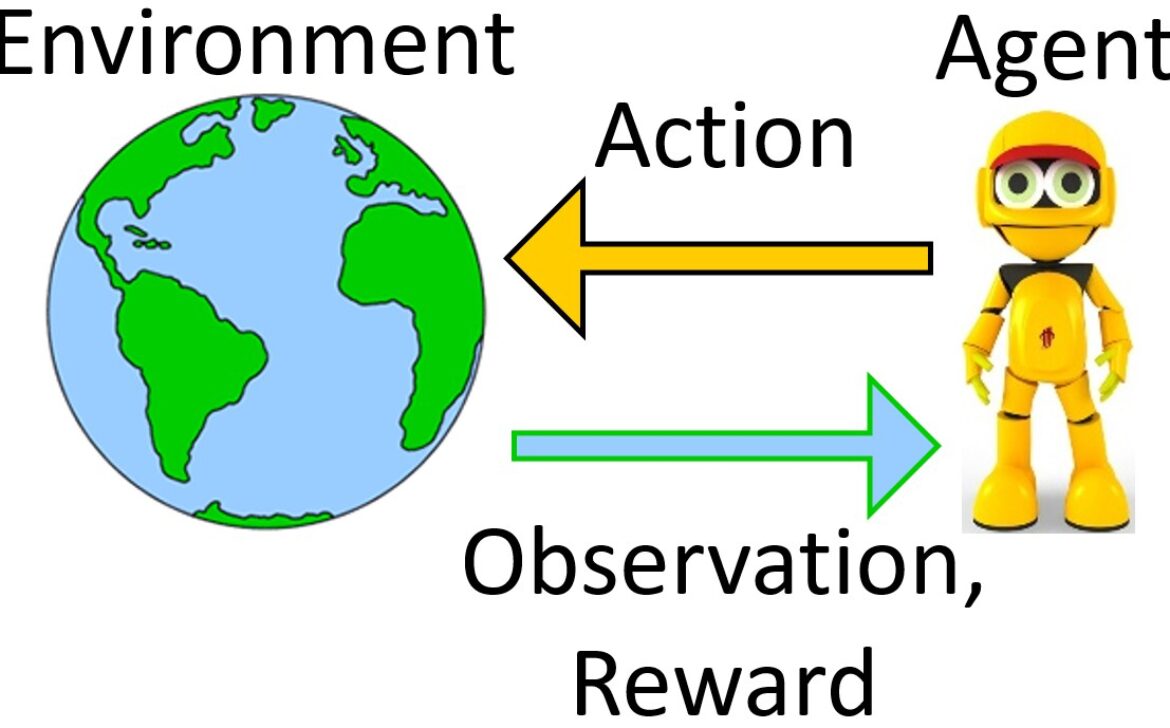Tech Surge: Navigating the Unprecedented Rise in Demand for Technology
Introduction:
In an era defined by rapid digital transformation, the demand for technology has reached unprecedented heights. From businesses adapting to new norms to individuals seeking connectivity, the world’s appetite for tech is insatiable. In this blog post, we’ll delve into the factors driving the remarkable surge in tech demand and its profound implications for our interconnected world.
1. Remote Work Revolution: The Tech-Powered Workforce
The pandemic catalyzed a remote work revolution, pushing businesses to embrace digital solutions for collaboration, communication, and productivity. The demand for remote work-friendly technologies skyrocketed as companies sought seamless virtual workspaces, video conferencing tools, and cloud-based solutions.
2. E-Commerce Evolution: The Online Shopping Boom
E-commerce has transformed from convenience to necessity. Online shopping platforms, secure payment gateways, and efficient logistics systems have become integral to our lives. The surge in demand for these tech-driven solutions has reshaped the retail landscape and redefined how we shop.
3. Health Tech Renaissance: Telemedicine and Beyond
The healthcare sector witnessed a surge in demand for telemedicine, remote patient monitoring, and health-focused wearables. These innovations not only ensured access to medical services during lockdowns but also opened new avenues for personalized healthcare management.
4. Educational Overhaul: EdTech’s Meteoric Rise
With schools shifting to virtual classrooms, EdTech experienced an exponential increase in demand. Online learning platforms, interactive educational tools, and virtual tutoring services became essential in maintaining continuity in education.
5. Entertainment at Our Fingertips: Streaming Services Domination
Streaming platforms have transformed the way we consume entertainment. The demand for high-quality streaming services, coupled with the need for reliable internet infrastructure, has led to innovations in content delivery and enhanced user experiences.
6. Connected Living: The Internet of Things (IoT) Era
The Internet of Things has revolutionized how we interact with our surroundings. From smart home devices to industrial automation, the demand for IoT-enabled solutions has driven innovation across sectors, enhancing convenience and efficiency.
7. Cybersecurity Imperative: Protecting the Digital Realm
As reliance on technology deepens, so does the need for robust cybersecurity. The surge in demand for cybersecurity solutions stems from the escalating threat landscape, making data protection and privacy paramount.
8. Sustainable Tech: Green Innovations on the Rise
The tech industry is responding to the growing demand for sustainable solutions. From energy-efficient data centers to renewable energy tech, the emphasis on environmentally conscious technology is driving innovation and addressing global challenges.
9. Digital Financial Revolution: Fintech’s Impact
Financial technology, or fintech, has disrupted traditional banking and payment systems. The demand for seamless digital transactions, mobile banking, and secure payment methods has fueled the fintech revolution.
10. Future of Tech Demand: Uncharted Horizons
As we navigate a tech-driven future, the demand for technology is poised to expand even further. Emerging technologies like artificial intelligence, quantum computing, and biotechnology promise to reshape industries and amplify our reliance on innovative solutions.
Conclusion:
The surge in tech demand is reshaping our world in remarkable ways. From remote work to connected homes, the digital landscape is undergoing a transformation that touches every aspect of our lives. As technology continues to evolve, so does the potential for innovation, empowerment, and positive change on a global scale. The journey ahead holds endless possibilities as we harness the power of technology to navigate the challenges and opportunities of the modern era.













